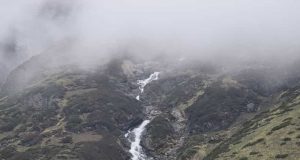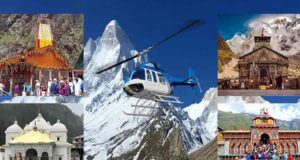Exploring the Scenic Beauty and Lush Biodiversity in the Rajaji National Park
Huddled in the foothills of the great Himalayas covering the Shivaliks, the Rajaji National Park is located in the Indian state of Uttarakhand famous as the home of God. Stretching more than 820 sq. km, it lies at the confluence of three districts of the Uttarakhand state namely, the temple town of Haridwar, Dehradun, and Pauri Garhwal. The park was established in 1983 when three sanctuaries in the region namely, Chilla, Motichur, and Rajaji were merged to form a sole park lush with bountiful types of flora and fauna.
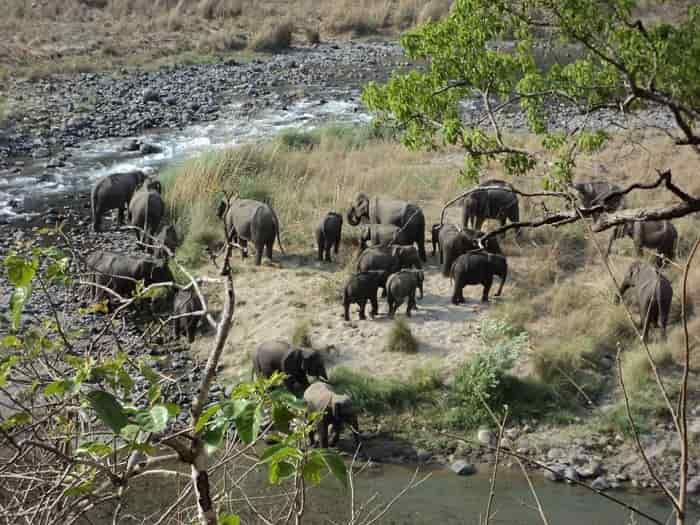
The park derives its name from a famous leader of the Indian Freedom Struggle, C. Rajagopalachari (Rajaji) who was also honored with the Bharat Ratna award in 1954. The park had been recently in the highlights of the media for its unwanted promotion in the name of soil erosion and poaching. However, there is no doubt about the fact that the park is among the prime national parks in India due to its varied flora and fauna.
Flora Attractions
You can spot a myriad of variety of flora with unique vegetation estates including deciduous forests, riverine vegetation, grasslands, and scenic pine forests. According to the general forest survey, important types of plants such as Shorea, Mallotus, and Adina community; Shorea, Terminalia, and Bridelia community; Dalbergia; Acacia community; Syzygium, Phoebe, and Drypetes community thrive in the park.
The park’s tropical forest ecosystems are of great values both practically and scientifically. According to the physiognomy and floristic composition, the everlasting vegetation is categorized under the Northern Tropical Moist Deciduous Forests and further can be divided into the listed below six types:
- Sal forest
- Mixed forest
- Riverine forest
- Scrub forest
- Grassland
- Sub-tropical pine forest
Fauna Attractions
Similar to flora, the populating fauna in the park is also varied with over 23 species of mammals and 315 species of birds. In the thick green forests, you can see mammals such as tigers, leopards, elephants, deer, jungle cat, wild boar, and sloth bear. Among the 400 avian species, the major ones include pea fowl, Great Pied Hornbill, Fire-tailed Sunbird, woodpeckers, pheasants, kingfishers, jungle fowl, thrushes, parakeets, warbler, finch, Indian roller, oriola, and barbets along with some migratory birds in the winters. Among all these, the largest in number are the Elephants not only in the park but also in the state of Uttarakhand. Besides these, there are two rivers in the park that are the residing place of myriad fishes such as Mahaseer, Kalabanse, Goonch, Chilwa, and Trout. Other species found are listed below.
- Bengal Tiger
- The Goat-like Goral
- Himalayan yellow throated marten
Indian Hare - Himalayan Black Bear
- King Cobra
- Jackal
- Barking Deer
- Sambhar
- Chittal
- Ghoral
- Rhesus macaque
- Indian langur
- Indian Porcupine
- Civet
- Monitor lizard
- Python
- Cobra
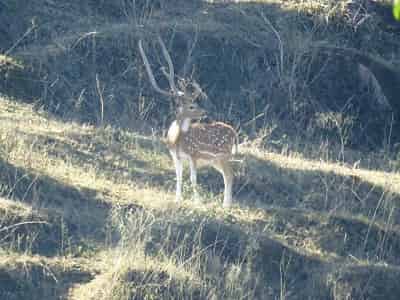
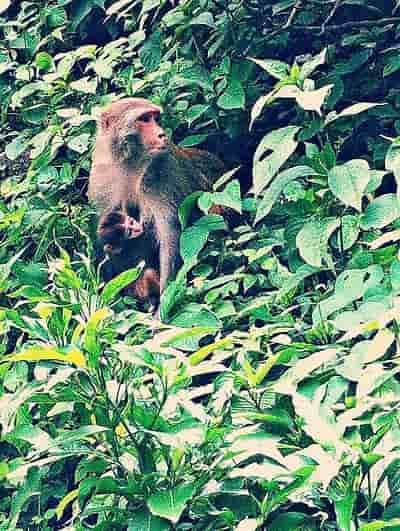
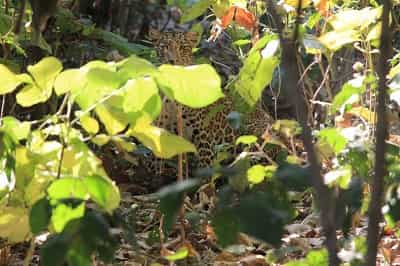
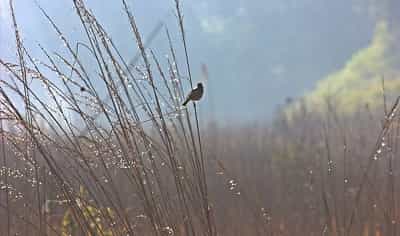
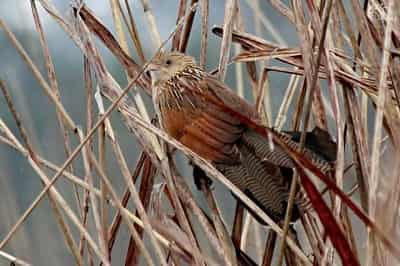

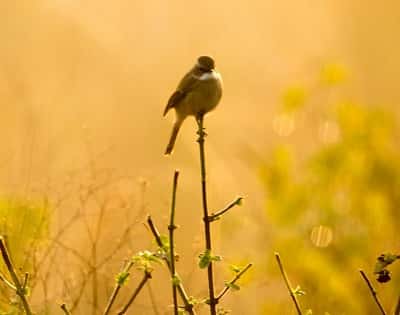
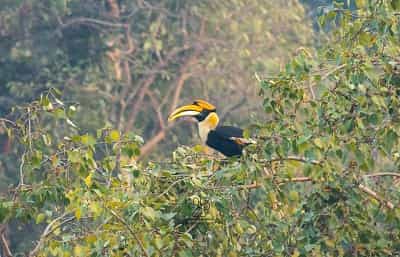
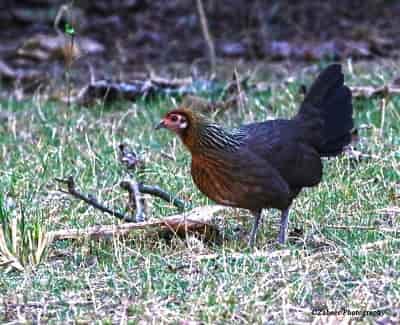
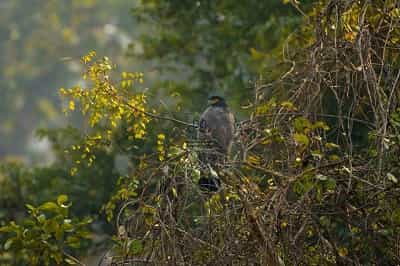
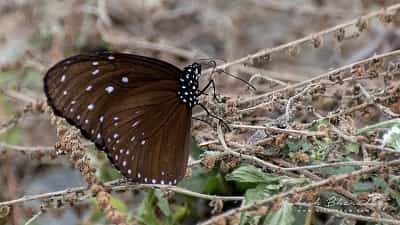
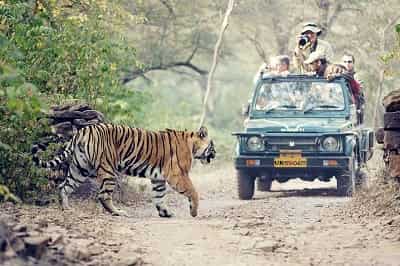
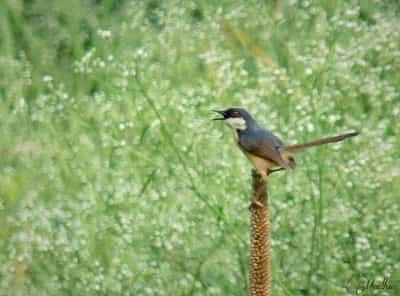
Best Time to Visit
While the park is open from November to June, the preferable time is during the cool season of December to March.
Entry Gates
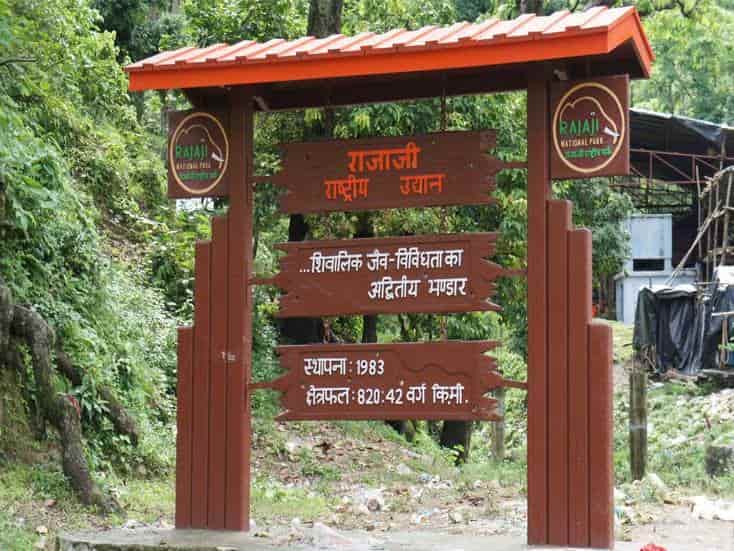
There are many gates to enter this park. The Ramgarh Gate and Mohand Gate welcome you that are standing in 25 km of the periphery Dehradun, while the Motichur, Ranipur, and Chilla (main entrance) Gates are accessible from nearly 9 km from Haridwar. Another gate is Kunao at 6 km from Rishikesh; while the Laldhang gate is at 25 km from Kotdwar. A still better option is Saharanpur that can be reached by train from any part of India. This location is a scenic spot to reach up to the Mohand area in the Park in just an hour via road.
Other Attractions
Safaris:
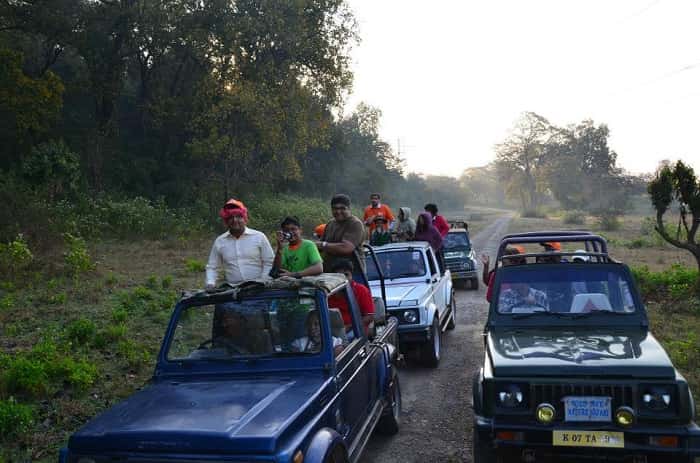
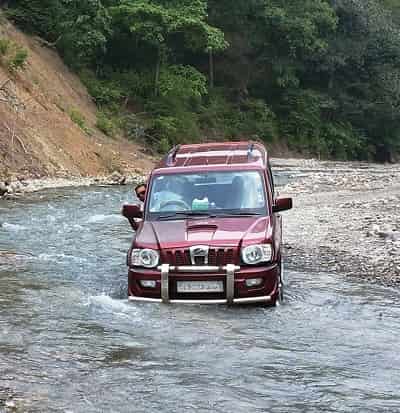
I would recommend you to take your own four-wheeler more conveniently a jeep to best explore the park. Another alluring way is to opt for an Elephant safari that is quite exciting as you pass on the uneven terrain and spotting at the wildlife being on a height. The safaris are arranged by the authorities of the park and are for 2.5 hours that cost you between Rs.50 and 100 per head.
Dehradun:
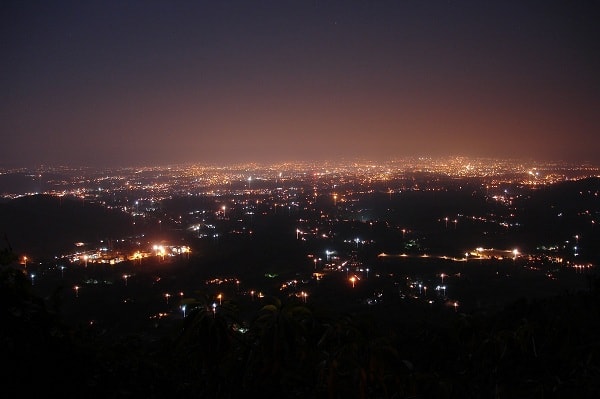
This is a scenic city located at the foothills of the great Himalayas from where many visitors decide to reach the park due to its close proximity and the nearest airport.
Haridwar:
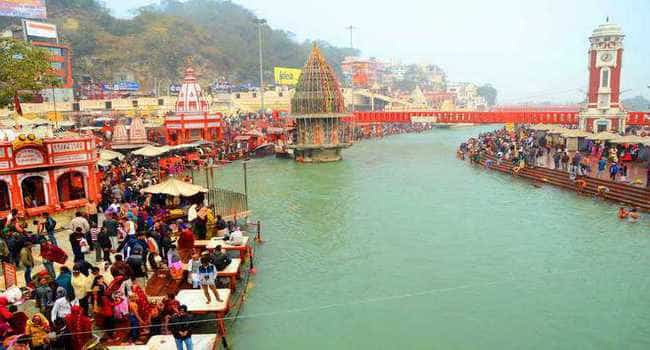
Haridwar is an ancient city & gateway to Yamunotri, Gangotri, Kedarnath, and Sri Badrinath Dham. The city also known as the temple town, this is obviously the sacred spot of Hindus for worship where the sparkling waters of the Ganga and chants from the temples of Har ki Pauri are worth experiencing for unique sereneness. A famous ritual here is to take a bath in the sacred water of the Ganges backed by a belief that it is so blessed to sanctify the human soul.
Rishikesh:
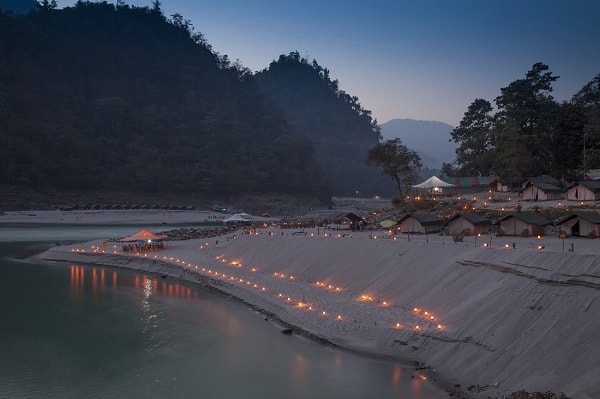
Located a few km from Haridwar, this is another sacred town for Hindu pilgrimage. For the tourists, the scenic glances at the verdant forests along with lush valleys are enough to make his/her tour memorable and satisfying. Laxman Jhula and Ram Jhoola are some of the most attractive sights to be visited here.
Rajaji National Park Accommodation
In the park, there are two jungle resorts namely, the GMVN Tourist Rest House at the main entrance at Chilla and Wildbrook Retreat. A retreat is a preferable option situated on a spot dominating a river and where solar energy is used to light the house at night.
Reaching the Park
By Air:
The nearest airport is Jolly Grant at Dehradun.
By Rail:
The convenient stations are Haridwar and Dehradun from where you can catch either a bus or a taxi to reach the park.
By Road:
The park is accessible from the Dehradun-Delhi highway. Buses run from Haridwar, Rishikesh, and Dehradun. From Delhi, it is easier due to NH58 that takes you to Haridwar via Meerut, Muzaffarnagar, and Roorkee; and from Haridwar, a district road direct you to Chilla.
Tip/Related Info
Entry Fee:
Rs.40 (Indians) & Rs.350 (foreigners), Vehicle: Rs.100, Vehicle Hiring at the Gate: Rs.500 Video Camera: Rs.2500.
Summer Timings:
• 5:30 AM to 5 PM and winter timings: 6 AM to 4:30 PM.
• Take an entry permit from the park gate.
• Avoid breaking the rules of the park and always be with the guide and follow his instructions.
• Bring a pair of binoculars.

